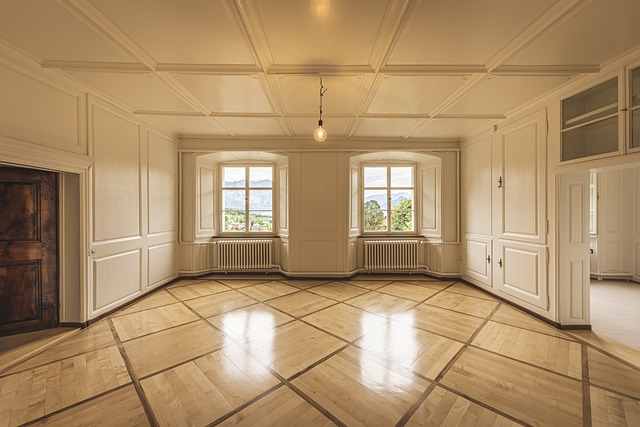Dance Culture's New Beat: The Impact of Virtual Reality on Choreography
Dance, as an art form, has always been a dynamic and evolving entity. Lately, it has found a new partner in crime – Virtual Reality (VR). This innovative technology has infiltrated many aspects of our lives, and now it's transforming the landscape of dance and choreography. This article dives into the heart of the VR revolution in dance, discussing its history, current developments, and the far-reaching implications it has for the future of choreography.

The Dance of Technology: History & Key Developments
When one thinks of dance, the mind immediately conjures up images of graceful bodies moving in harmony. However, technology has always played a subtle role in shaping this art form. From the advent of film and video, which allowed dance to be documented and shared, to computer-aided design tools that choreographers use to plan their routines, technology has been an silent partner in dance’s evolution. The introduction of VR in dance is just the next step in this ongoing partnership. VR allows dance to break free from the physical constraints of the human body and explore new dimensions of movement and expression.
Virtual Reality in Dance: The Current Scenario
VR’s impact on dance is no longer a thing of the future; it’s happening now. Dance companies and choreographers worldwide are experimenting with VR to create immersive, multi-sensory experiences that push the boundaries of traditional dance. A stellar example is the San Francisco-based company, LINES Ballet, which recently launched a VR dance experience that allows users to experience the art form from the dancer’s perspective.
Impact & Reception: A New Dimension in Dance
The response to VR in dance has been overwhelmingly positive, with critics lauding its potential to transform how we experience this art form. By placing the viewer at the heart of the action, VR creates a level of immersion that traditional dance performances can’t match. It also offers new possibilities for choreographers, allowing them to experiment with space, scale, and perspective in ways that were previously unimaginable.
The Future Dance: Virtual Reality and Beyond
While VR is currently making waves, it’s just the tip of the iceberg when it comes to technology’s potential impact on dance. Emerging technologies like Augmented Reality (AR), Artificial Intelligence (AI), and holography could all play a role in shaping the future of choreography. These technologies could help create even more immersive experiences, push the boundaries of human movement, and open up new avenues for creative expression.
In conclusion, the integration of VR in dance is a significant development that’s reshaping the landscape of choreography. By providing new tools for creative expression and transforming the way audiences experience dance, VR is helping this ancient art form stride confidently into the digital age. As technology continues to evolve, we can only imagine the exciting possibilities that await dance in the future.




